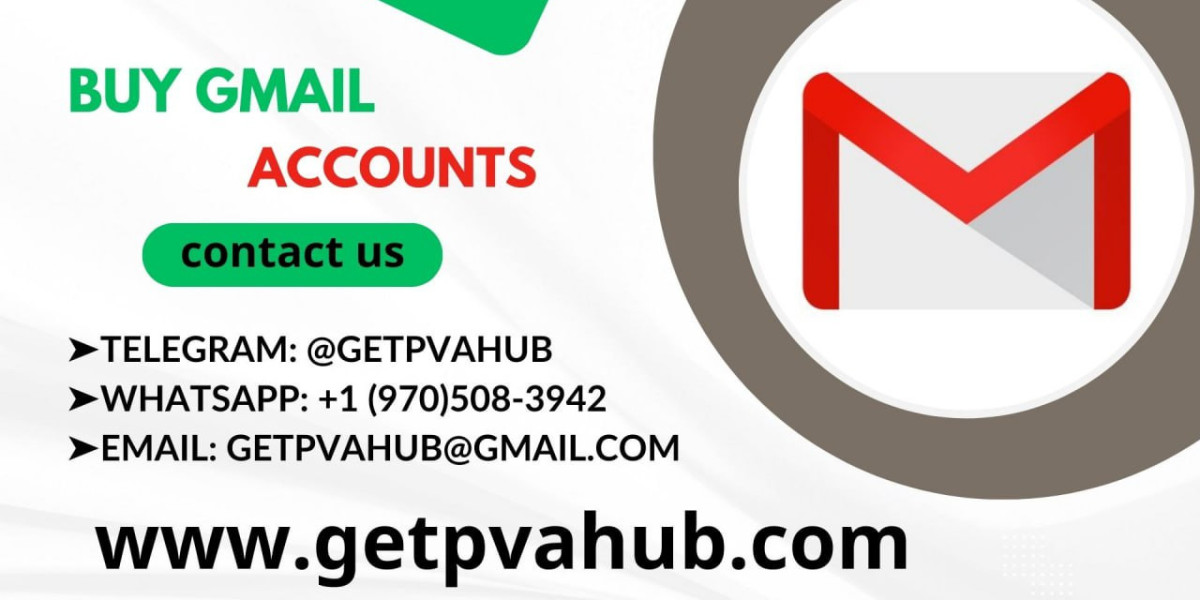In today’s evolving publishing world, authors face a major crossroads: stick with the familiar route of traditional publishing or embrace the modern and increasingly dominant path of self-publishing. With digital platforms transforming the way readers consume books, many writers are now reassessing which method best aligns with their creative and financial goals. The rise of the best self publishing companies has created a more balanced, author-led ecosystem where creative freedom, ownership, and profitability take priority. Understanding why so many authors are turning away from traditional publishing can help new and experienced writers decide which road offers the greatest long-term value.
The Evolution of the Publishing Industry
Publishing has undergone dramatic transformation over the past two decades. Traditionally, authors depended almost entirely on big publishing houses to produce, distribute, and promote their books. However, the surge of digital platforms and print-on-demand technology has shifted market power significantly. According to Bowker, over 2 million self-published books were issued in 2021 alone up nearly 264% from a decade earlier. Today’s authors no longer have to pass through layers of gatekeeping or wait months, sometimes years, for approval.
The global book market has also expanded rapidly due to eBooks and audiobooks, with industry reports revealing that digital reading now accounts for over 30% of U.S. adult book consumption. This increasing demand, paired with improved accessibility, has allowed self-publishing platforms to thrive. As a result, more authors now view alternative routes not as secondary options but as competitive choices with massive potential.
Traditional Publishing: Strengths and Limitations
Traditional publishers undoubtedly offer advantages, particularly in prestige, professional editing, and bookstore distribution. Their established networks allow for visibility that can be difficult for new authors to achieve independently. Many traditional publishers handle essential tasks such as editing, cover design, and marketing.
However, the limitations are significant:
Lengthy approval timelines: Securing a traditional publishing deal may take 6–18 months, and releasing the book can add another year.
Low royalty percentages: Most authors receive only 5–15% of print royalties and 25% of digital royalties.
Limited creative control: Publishers often make final decisions about titles, content edits, and cover design.
High rejection rates: More than 98% of unsolicited manuscripts are rejected.
While the system offers structure, it provides little flexibility. A growing number of authors now seek faster publication, higher earnings, and full ownership needs better fulfilled through modern alternatives.
Why Authors Are Turning to Self Publishing
The shift toward self publishing has been dramatic in recent years because it empowers authors with control over every part of their literary journey. This modern pathway removes the uncertainty and long wait times associated with traditional publishing. Instead of months of review cycles, authors can move from manuscript to marketplace within weeks.
Self-published authors also retain full rights to their work and enjoy significantly higher profit margins. For example, Amazon KDP offers up to 70% royalties, while platforms like IngramSpark and Draft2Digital provide global distribution opportunities without the restrictive contracts typical of traditional publishers. Additionally, the rise of professional service providers means that authors can now access editorial, design, and marketing support that matches traditional publishing quality but with more freedom.
What Makes the Best Self Publishing Companies Stand Out
The best self publishing companies go far beyond simple upload-and-publish services. They offer structured, high-quality support that mirrors traditional publishing but still keeps the author in control. These companies often bundle editing, design, marketing, distribution, and consultation into comprehensive packages that ensure professional output.
Key advantages include:
1. Transparent Pricing
Top-tier companies clearly outline costs so authors know exactly what they’re paying for—no hidden fees, no royalty cuts. This transparency is a major reason why more authors feel comfortable investing in their publishing journeys.
2. Global Distribution
Many services distribute across major retailers such as Amazon, Barnes & Noble, Kobo, Apple Books, and international bookstores. This reach is essential, considering that over 60% of book sales now occur online.
3. Professional Production Quality
Companies like BookBaby, Lulu, and IngramSpark provide high-end printing and formatting that rival traditional publishers. Their commitment to quality ensures that self-published books meet industry standards, both digitally and in print.
4. Customizable Services
Authors can choose exactly what they need from editing and formatting to marketing strategies—making the entire process flexible and personalized.
These factors combine to offer authors a more independent, profitable, and creatively fulfilling publishing experience.
Comparing Costs: Self Publishing vs. Traditional Publishing
Many new authors assume traditional publishing is “free” because publishers handle the upfront production costs. While that’s true, the trade-off is steep: authors surrender a large portion of their royalties and often face long-term contractual limitations.
Self publishing, on the other hand, requires upfront investment but leads to long-term ownership and revenue potential. For example:
Average self-publishing cost: $500–$3,000 depending on services chosen.
Average traditional publishing royalty: 5–15%.
Average self-publishing royalty: 35–70%.
In the long run, authors who produce multiple titles or build personal brands can earn far more through self-publishing because they control pricing, marketing, and distribution strategies. It becomes a sustainable business rather than just a one-time publishing event.
Creative Freedom and Control
One of the most compelling reasons authors choose self-publishing companies is creative control. Traditional publishers often modify storylines, require cuts, or redesign elements to align with market trends. While these decisions can lead to commercial success, many authors feel disconnected from their own work.
Self-publishing allows authors to preserve their voice, narrative structure, and stylistic choices. It also grants full control over visual elements, especially book front cover design, which plays a major role in a reader’s buying decision. Studies reveal that 52% of readers decide whether to purchase a book based on the cover alone. With self-publishing, authors can collaborate with designers who match their vision instead of settling for a publisher’s marketing-driven aesthetic.
Marketing and Branding Advantages
In today’s digital landscape, author branding is just as important as book creation. Self-published authors have the freedom to craft their brands, engage directly with readers, and maintain consistent messaging across platforms. Many self publishing companies offer add-on marketing services such as:
Social media campaigns
Press releases
Amazon optimization
Email list building
Book trailer creation
Independent authors who actively market their books often outperform traditionally published authors who rely solely on publisher-driven campaigns. With over 70% of readers discovering new books online, digital presence is now essential, and self-publishing enables authors to take control of this visibility.
The Future of Self Publishing
The future of the publishing industry is undeniably shifting toward author-driven models. Analysts predict the global self-publishing market will grow by over 17% annually through 2030, driven by digital consumption, audio formats, and an increasingly entrepreneurial generation of writers. AI-assisted tools, audiobook platforms, and global print-on-demand networks are further leveling the playing field.
As more authors experience the benefits of independent publishing ownership, creative freedom, and financial potential the industry will continue moving toward hybrid and fully self-directed models. The once-clear line between traditional and independent publishing is already fading.







